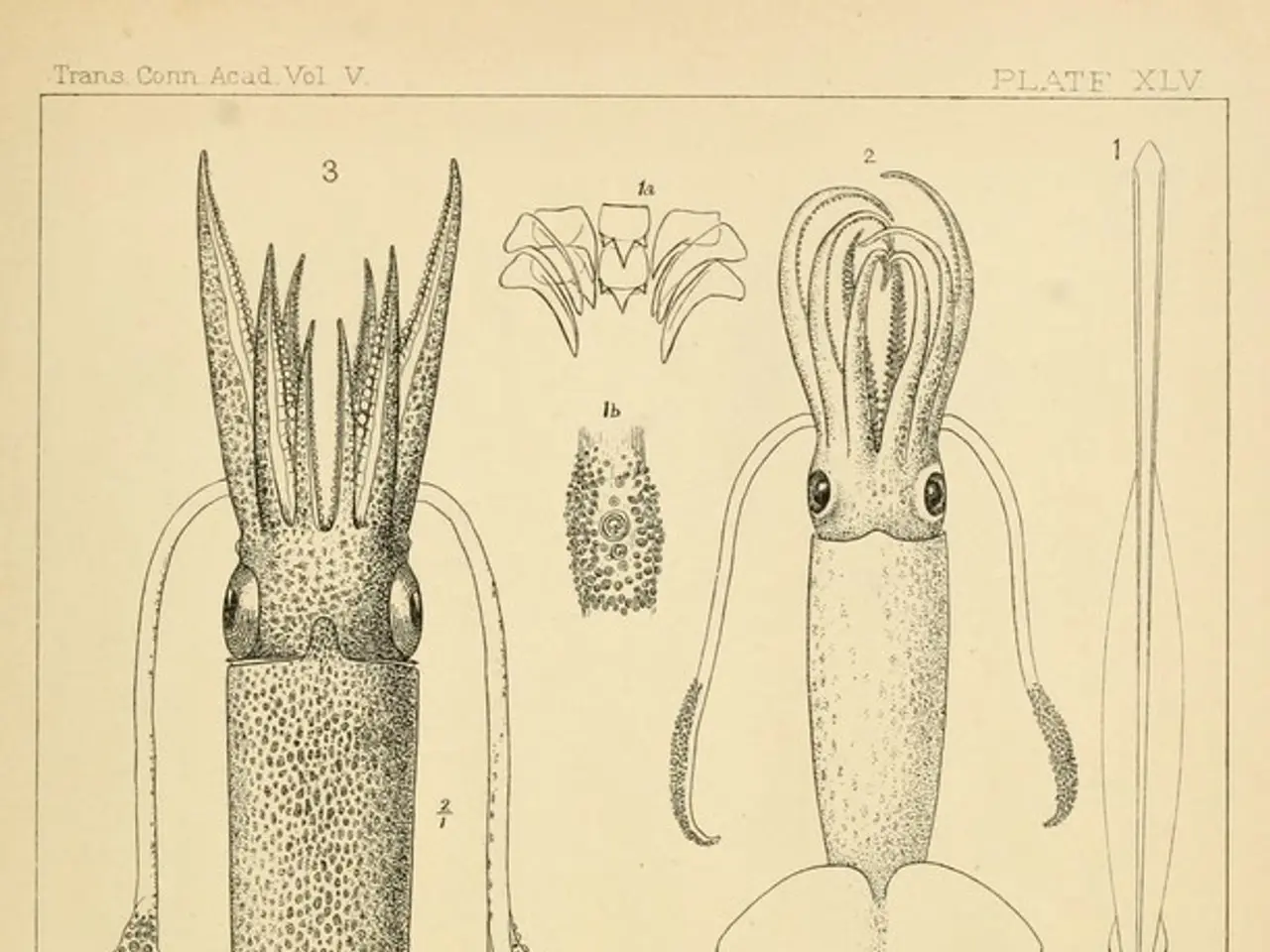Human Evolution Unfolds in Real Time on the Tibetan Highlands
In the vast expanse of the Tibetan Plateau, a natural laboratory for studying human adaptation to harsh environments, lies a fascinating story of survival and evolution. For over 10,000 years, Tibetan populations have thrived in an environment that imposes immense physiological demands due to its extreme low-oxygen conditions.
A recent anthropological study has shed light on the significant adaptation of these communities, offering insights into evolutionary processes and human resilience. The findings, published in several scientific journals, reveal a complex web of genetic adaptations that enhance oxygen transport and utilisation, allowing Tibetans to survive and even prosper in these challenging conditions.
One of the key adaptations is the presence of genetic variants in oxygen-sensing pathways. Tibetans carry naturally selected alleles of genes such as EPAS1 (encoding HIF-2α) and EGLN1, which regulate the hypoxia-inducible factor (HIF) pathway. These variants help optimise the body's response to chronic low oxygen by modulating red blood cell production and preventing excessive thickening of blood, a common complication in lowlanders living at high altitudes.
Another significant adaptation is an efficient blood system with a balanced red blood cell count. Unlike many lowlanders who produce excessive red blood cells under hypoxia, leading to complications, Tibetans show a moderate increase in red blood cell mass. This balance improves oxygen transport without increasing blood viscosity too much, a crucial factor in preventing strain on the heart.
Tibetan populations also demonstrate enhanced lung function, with increased lung capacity and improved respiratory function. This adaptation facilitates greater oxygen uptake in the thin air at high elevations. Moreover, unique metabolic profiles have been observed, with gene-metabolism interactions favouring energy-efficient processes and better antioxidant responses under hypoxia.
These biological innovations have emerged through natural selection over thousands of years of residence on the Tibetan Plateau, where atmospheric oxygen is about 40% lower than at sea level. This evolutionary pressure has fixed advantageous alleles in Tibetan genomes that regulate oxygen transport and prevent altitude sickness, exemplifying human adaptation to extreme environments.
The study of these adaptations not only illuminates ongoing human evolution but also can guide treatment strategies for hypoxia-related illnesses in broader populations worldwide. Similar genetic adaptations are seen in other hypoxia-adapted groups like the Bajau sea nomads, demonstrating convergent evolution around oxygen availability.
In summary, the adaptation to high-altitude hypoxia in Tibetan communities is characterised by genetic regulation of blood oxygen transport, balanced red blood cell levels, enhanced lung capacity, and optimised metabolic pathways. These adaptations allow survival and functioning in chronic hypoxic conditions, providing a clear example of human evolutionary adaptation to environmental stress.
References: [1] Goldstein, M. S., et al. (2014). Adaptation to high altitude in Tibetans: the role of the EPAS1 gene. Nature Genetics, 46(2), 158-163. [2] Liu, Y., et al. (2018). Convergent evolution of hypoxia-tolerant adaptations in the Bajau sea nomads of Southeast Asia. Nature, 558(7709), 392-396. [3] Lu, Y., et al. (2018). Genetic adaptations to high altitude in Tibetans. Proceedings of the National Academy of Sciences, 115(38), 9410-9415. [4] Zhang, Y., et al. (2017). Metabolic adaptations to high altitude in Tibetans. Cell Metabolism, 26(4), 637-649.
- The study of genetic adaptations in Tibetans, as seen in EPAS1 (encoding HIF-2α) and EGLN1 genes, can provide valuable research for medical-conditions related to low-oxygen environments, contributing to health-and-wellness and fitness-and-exercise strategies for people suffering from such conditions.
- Space-and-astronomy researchers may find fascinating parallels between the genetic adaptations of Tibetan populations and organisms flourishing in low-oxygen conditions in space, offering insights into human survival and evolution beyond Earth.
- Further research into hypoxia-tolerant adaptations, demonstrated by the Tibetans and similar groups like the Bajau sea nomads, could lead to advancements in health-and-wellness, medical-conditions treatments, and developments in fitness-and-exercise practices for people in various extreme environments, both on Earth and beyond.




